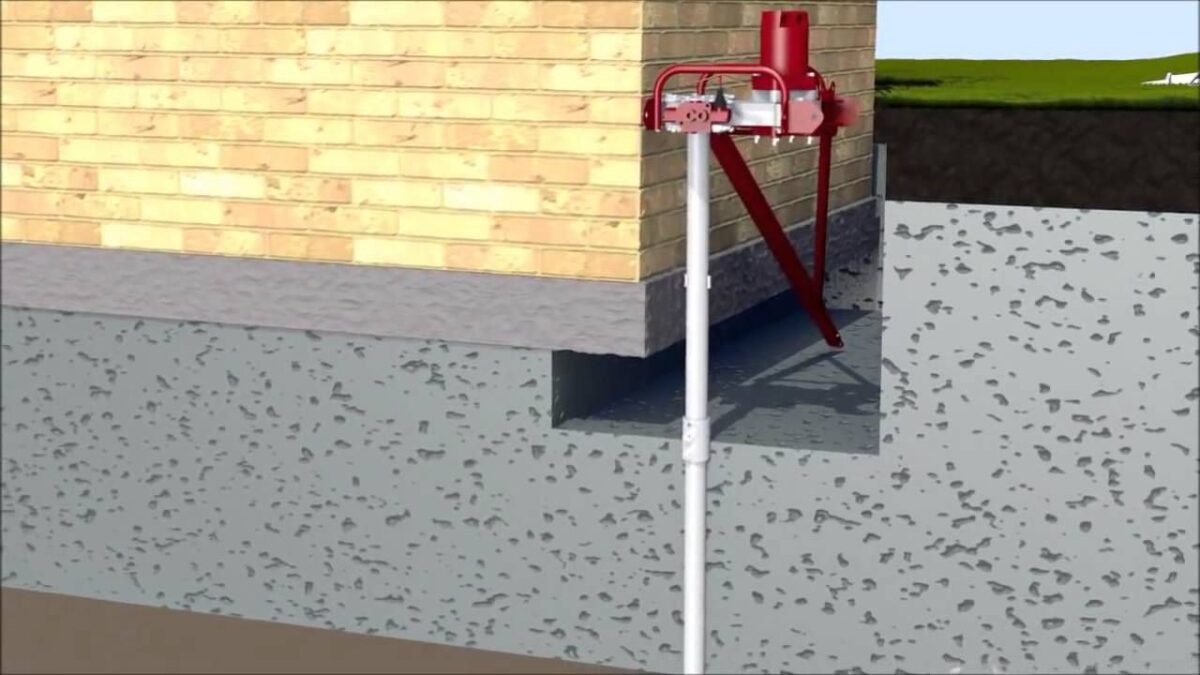A retaining walls is a great way for directing water flow along a slope. This is especially useful
when the slope is located near a body paving contractors adelaide. These walls must meet certain state and local
regulations. It is crucial to do your research. These walls can be used to stabilize and protect a
home’s foundation as well as provide a level area for landscaping. Here are the steps for building
a retaining walls.
Retaining wall structures are used to retain soil. They are designed to prevent soil from eroding
or sliding. They can be made wider to serve as a support. This can increase yard space,
especially if the slope is steep. A well-constructed wall can prevent a home’s foundation slipping
from excessive pressure from runoff. Hire an experienced contractor for a retaining-wall
construction to avoid this problem.
A retaining wall should be built on a, and you’ll need to fill in the space with
3/4-inch or larger gravel. A drainage sleeve should be installed on the gravel bed. It should slope
one inch per four feet of run. After each course of blocks is complete, backfill with gravel or
sand. You may want to install a drainage pipe behind your wall if heavy rains are likely in your
area.
You will need to mark where the retaining wall will go according to the design. You can use rope,
shovels, or a pipe to mark the location for free-form layouts. For straight lines, you can use string
or stakes. You can use marking paint or a masonâ€TMs line to mark curves when building.
Before you begin to build, measure the area.
Sheet pile retaining walls can be used in tight spaces and soft soil. They are popular for
residential applications. They can be built with a variety materials and are adjustable in height.
Sometimes they will require a tieback anchor to ensure that the walls remain in place. Anchors
are usually made from pressurized concrete which expands to form a bulb within the soil. This
wall is suitable for high-load applications as well as slender walls.
Cast-in place or mortared are another type of retaining wall. A well-draining, granular material is
the best material to erect a retaining wall. These materials add texture and style to any
landscape, making them ideal for retaining wall construction. Stone walls can be expensive to
install and require extensive maintenance. Before you start any new retaining wall project, think
about your budget.
Protecting your home from downhill erosion requires the use of retaining walls. These walls keep
soil in its place and prevent downhill erosion. If the right conditions exist, erosion could threaten
the safety of a home. Earthquakes can cause land to slide away from faultlines. A retaining wall
can help prevent such disasters. They also provide protection for a landscape from earthquake
damage. This wall is a great option to protect you and your family if you live in an area
susceptible to earthquakes.
Timber retaining walls are the most affordable type of wall. They cost about $15 per square foot,
but they can be brittle if the soil is too wet. A poured concrete or interlocking brick retaining wall
is a better option if you’re worried about timber’s strength. These materials are both cost-
effective and complement modern architecture. There are many benefits to installing a wall
retaining, so make sure you choose wisely.
The bottom row of blocks should be buried no more than one inch below the ground. For every
eight inches of wall height, the trench should be at least one inch deep. The soil should be
compacted and level. You should also ensure that the base material has sharp-edged or angular
parts. A rounded rock can cause the wall to collapse if it is not properly shaped.
Another benefit to a retaining Wall is its low-maintenance. This makes it an excellent choice if
you are looking for a landscape enhancement that is low-maintenance. Reliable retaining walls
installation companies in Seattle will focus on customer satisfaction, quality, durability, and
reliability. Because New Life Rockeries values your satisfaction above all else, you’ll be glad that
you chose New Life Rockeries. Contact us today to learn more about retaining wall construction!


